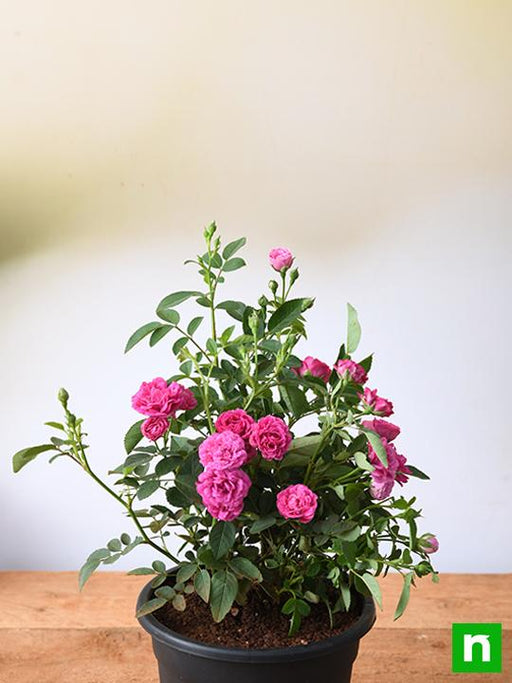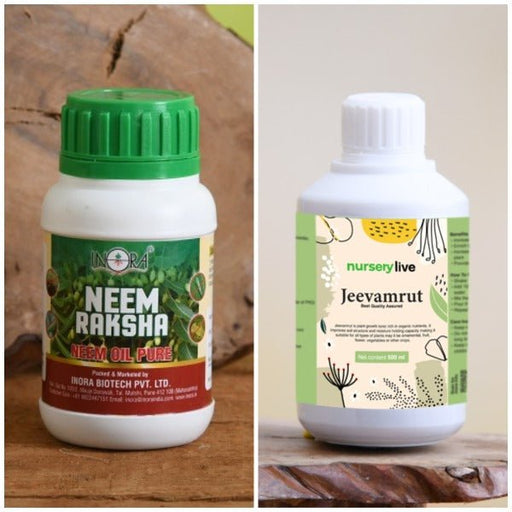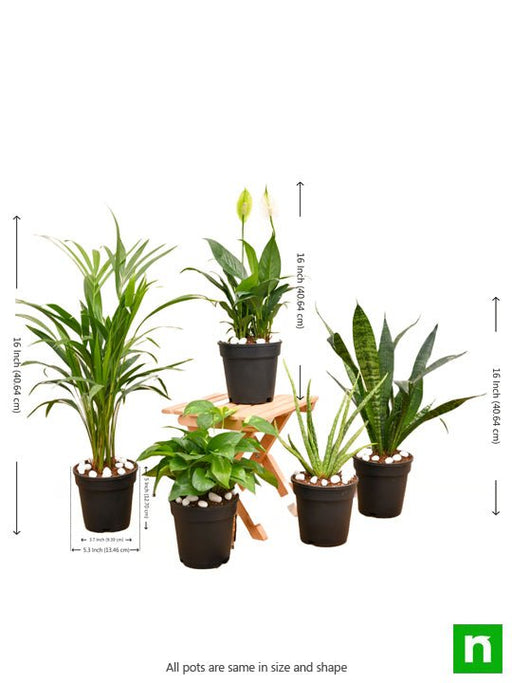Description
European Elder plants are also known as the Black Lace Sambucus or Black Elder. They are fast growing, low maintenance, multi-stemmed deciduous shrubs.
that will grow 8-20 feet tall with a spread of up to 8 feet.
Although these plants are deciduous, which means they are going to lose their leaves during the winter, they make such a statement during the summer months that they really are worth having in the garden.
Elders have deeply veined, serrated foliage and produce large flat clusters of flowers in late spring to early summer, followed by small black berries which provide food for many species of birds.The berries can be harvested and used for making elderberry wine or jam. Sambucus plants are better known for their herbal uses than for their ornamental value, but the Black Lace Elder is well worth growing in your landscape.
Plant Specifications
*above specification are indicative only. actual dimensions may vary by +-10%
| Common Name |
Elderberry - European Elder, Black elderberry, American black elderberry, Blue elderberry, Europea |
| Maximum Reachable Height |
8 to 20 feet |
| Flower Colour |
White |
| Bloom Time |
May to June |
| Difficulty Level |
Medium |
Planting and care
Plants can spread somewhat aggressively in optimum conditions.Some susceptibility to canker, powdery mildew, leaf spot, borers, spider mites and aphids.Branches are susceptible to damage from high winds or from heavy snow/ice in winter.
Sambucus Nigra care
Grow in medium to wet, well-drained soils in full sun to part shade. Best in full sun. Tolerates a wide range of soils, but prefers moist, humus ones.
Plants spread by root suckers to form colonies. Prune suckers as they appear unless naturalizing is desired. Plants also spread freely by self-seeding in optimum conditions.
A large number of late winter pruning options include (a) pruning out dead or weakened stems, (b) shortening one year stems or (c) cutting back to the ground to rejuvenate. Unpruned plants can rapidly become unattractive and weedy in appearance. Although plants are self-pollinating, fruit yields can be increased by planting more than one cultivar together.
| Sunlight |
Full sun but will tolerate partial shade |
| Watering |
Keep the soil moist. |
| Soil |
Virtually any soil including heavy clay or light soils |
| Temperature |
Hardy to 30 degrees F |
| Fertilizer |
Seedlings and adult trees are Nitrogen lovers give chicken manure or copious amounts of compost for best results. |
Sambucus Nigra uses
Ornamental Use:
- The common variety makes an excellent hedge or can be added to a cottage garden to add height
Medicinal Use:
- The syrup, tincture or glyceride of these berries is excellent for treating the common cold and for overall increase in immunity
- The fresh green leaves may be infused in olive oil to make an emollient embrocation for treating sunburn, rough skin, age spots, and/or diaper rash
Culinary Use:
- The dark blue/purple berries can be eaten when fully ripe but are mildly poisonous in their unripe state
- All green parts of the plant are poisonous, containing cyanogenic glycosides (Vedel & Lange 1960)
- The berries are edible after cooking and can be used to make jam, jelly, chutney and Pontack sauce
- The flowerheads are commonly used in infusions, giving a very common refreshing drink in Northern Europe and the Balkans
- Commercially these are sold as Elderflower cordial
- In Europe, the flowers are made into a syrup or cordial, which is diluted with water before drinking
- The popularity of this traditional drink has recently encouraged some commercial soft drink producers to introduce elder flower-flavored drinks
- The flowers can also be dipped into a light batter and then fried to make elderflower fritters
- In Scandinavia and Germany, soup made from the elder berry (e
- the German Fliederbeersuppe) is a traditional meal
- Both flowers and berries can be made into elderberry wine, and in Hungary, an elderberry brandy is made that requires 50 kg of fruit to produce 1 liter of brandy
- In south-western Sweden, it is traditional to make a snaps liqueur flavored with elderflower
- Elderflowers are also used in liqueurs such as St
- Germain, and in a mildly alcoholic sparkling elderflower champagne
- In Beerse, Belgium, a variety of Jenever called Beers Vlierke is made from the berries















































